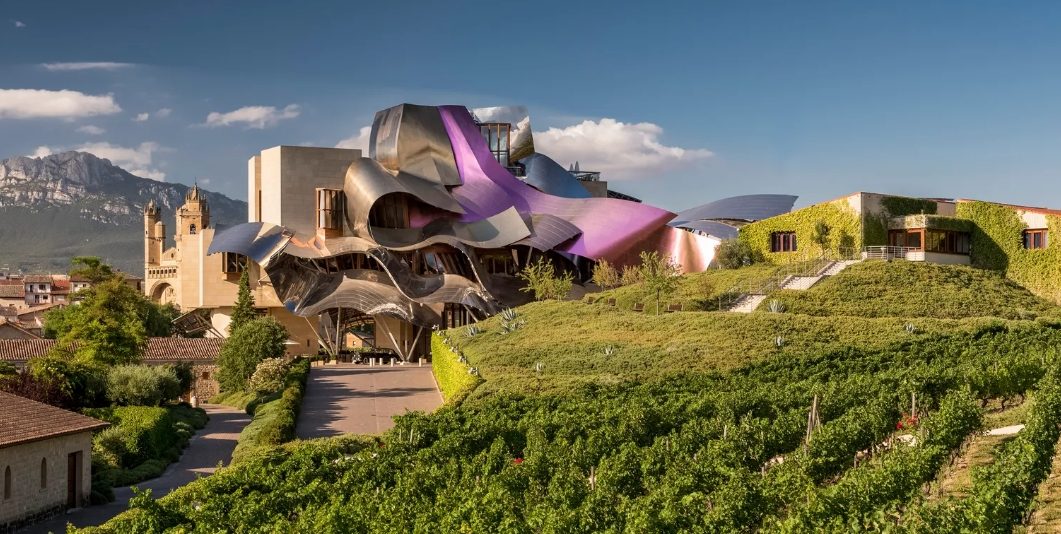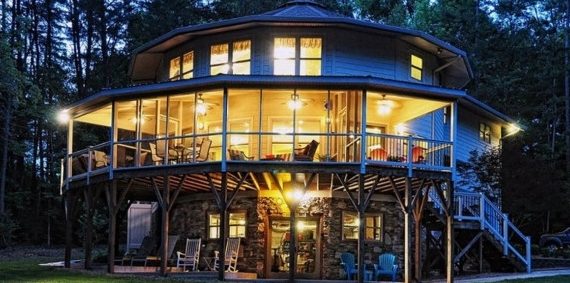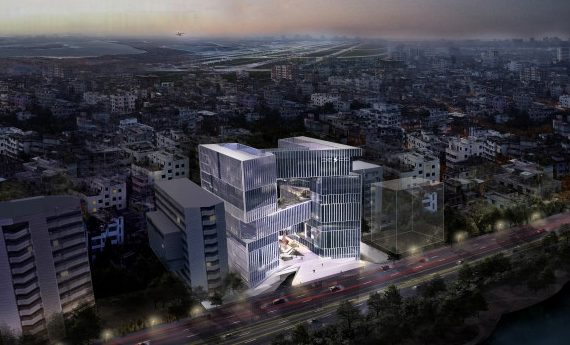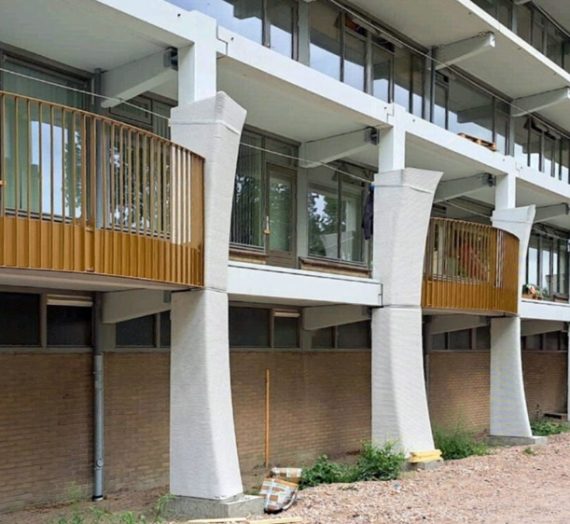When contemporary and historic architecture collide, it can create a breathtaking contrast. Below, we’ve rounded up five stunning examples from around the globe that demonstrate this captivating juxtaposition.
Revitalizing historical buildings with modern extensions is an attractive challenge for architects, but it can also be complex. From Spain to France to the Czech Republic, we have compiled a list of five buildings that showcase spectacular architecture by combining historical and modern elements, creating a tension between styles and times.
A spectacular architecture characterizes these 5 historic-modern buildings:
1. Royal Ontario Museum – Canada
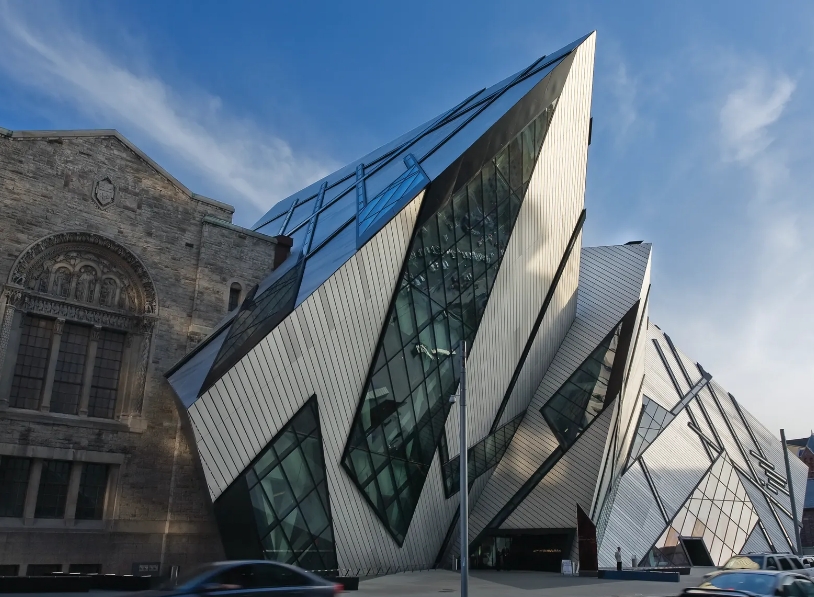
Architects: Daniel Libeskind and Bregman + Hamann Architects
The Royal Ontario Museum’s extension in Toronto, designed by Studio Daniel Libeskind, is a prime example of spectacular architecture. Established in 1912, the museum’s “Michael-Lee-Chin Crystal” was unveiled in 2007. The extension resembles a crumpled crystal with protruding prisms, and it boasts over 9,000 square meters of exhibition space. While the neo-Roman style of the Canadian culture and natural history museum is retained, the modern, intentionally chaotic design by Libeskind makes it an architectural masterpiece.
2. The Dancing House – Czech Republic
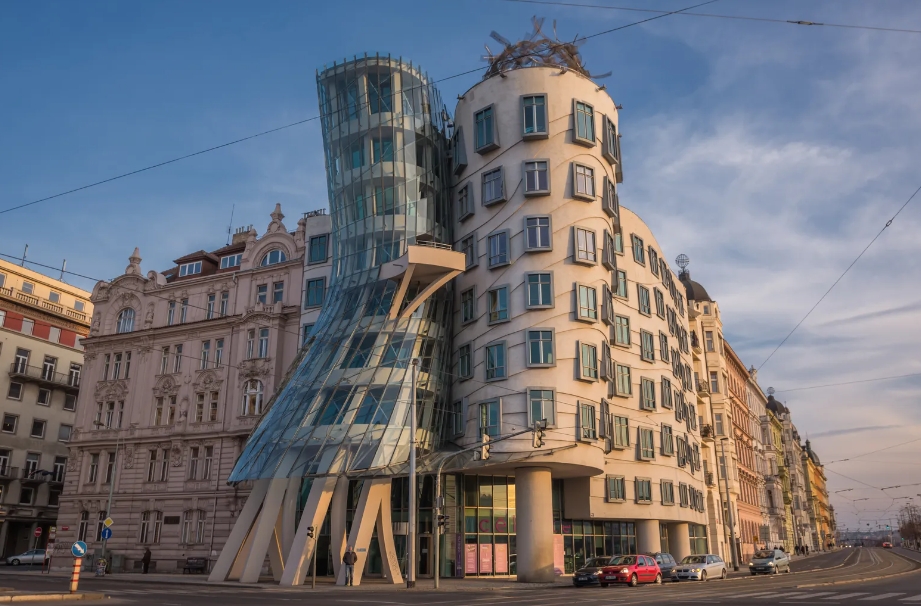
Architects: Vlado Milunić and Frank Gehry
One of the most exceptional office buildings in the world is the Dancing House, a collaborative creation of Czech architect Vlado Milunić and Frank Gehry. Completed in 1996, this deconstructivist building consists of two domed towers primarily constructed of concrete and glass. The “dancing” towers are nestled between historic 19th-century buildings and situated right on the banks of the Vltava River. Nowadays, the building houses offices, a hotel, and a restaurant with a terrace that offers a panoramic view of the old town of the Czech capital.
3. Museum de Fundatie – Netherlands
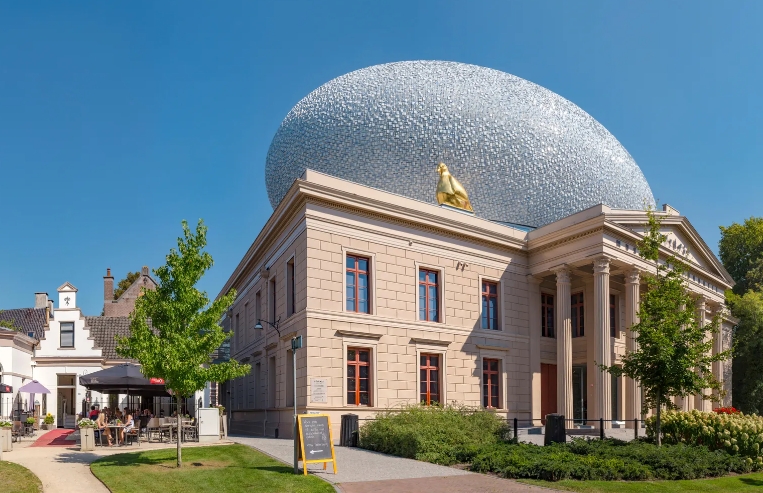
Architects: Bierman Henket Architects
In 2013, a futuristic dome was added to the roof of the Museum de Fundatie in Zwolle, Netherlands. The original building, a courthouse designed by architect Eduard Louis de Coninck in the mid-19th century, was converted into a museum in 1994. The striking egg-shaped extension on top of the neoclassical structure creates a striking juxtaposition of two buildings with contrasting but equally distinctive geometric shapes.
4. Hotel Marques de Riscal – Spain
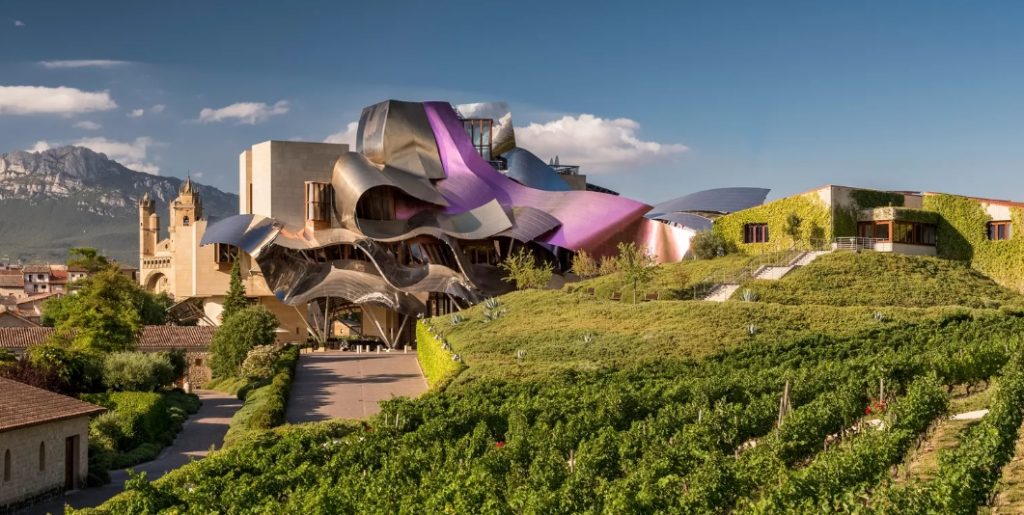
Architect: Frank Gehry
In 2003, Frank Gehry designed the five-star Marriott Hotel in Elciego, located in the Rioja wine region of the Spanish province of Álava. The original building, which dates back to 1858, was used for wine production and later transformed into a sprawling hotel complex. The avant-garde Hotel Marqués de Riscal was constructed using sandstone and titanium, creating a striking contrast to the surrounding traditional buildings and vineyard-filled landscape. Since its opening in 2006, the hotel has become an iconic symbol of modern architecture.
5. Ecole de Musique – France
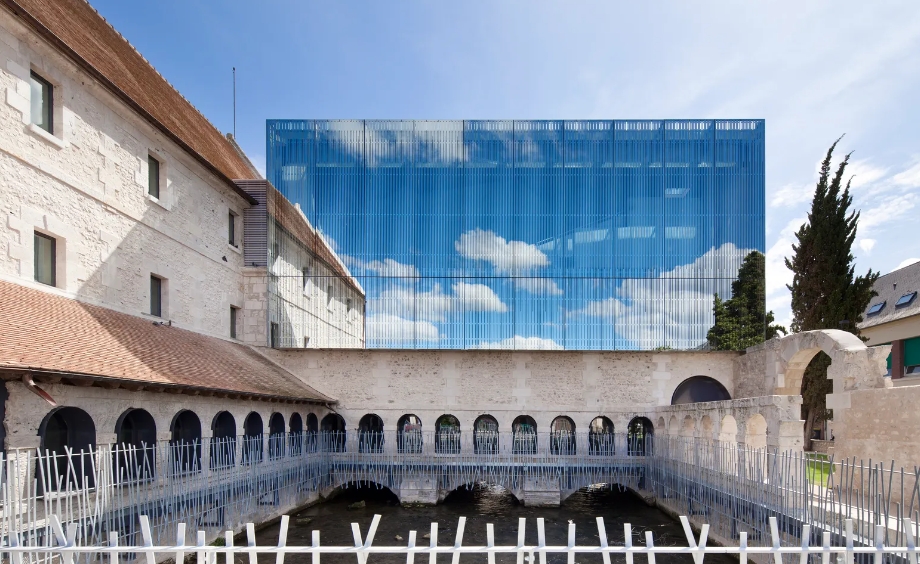
Architects: Opus 5 Architectes
In 2012, Opus 5 Architectes converted a former convent in Louviers into a modern building made of stone and glass. The renovation project resulted in the construction of a music school that features an orchestra room and an auditorium. The most challenging aspect of the project for the architects was the installation of a glass ceiling. Despite the focus on modernity, the architects ensured that the design preserved the building’s historical heritage. The facade of the building is reflective and restrained, making for a successful integration of the old and the new.

